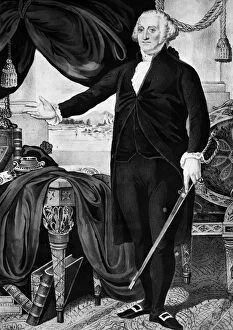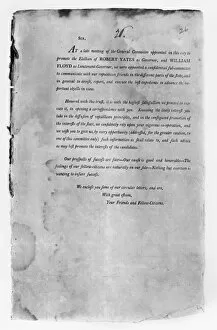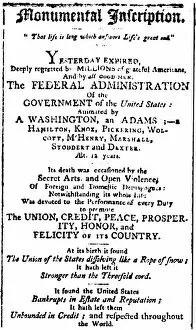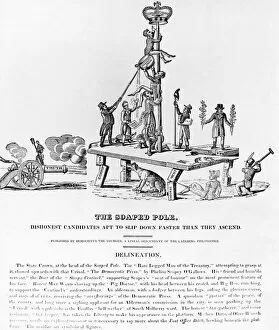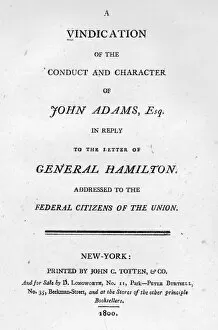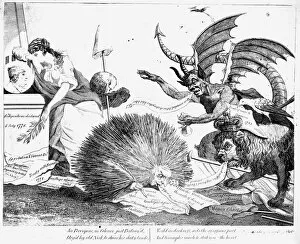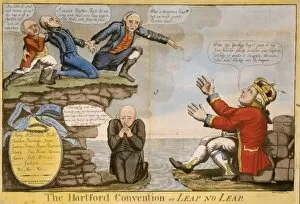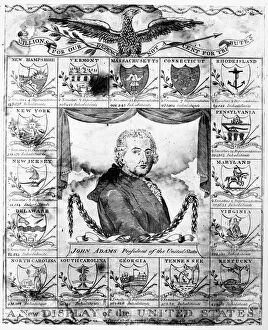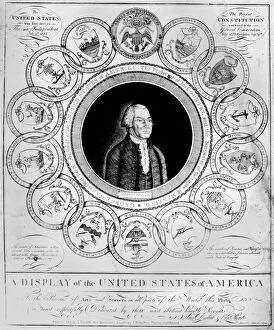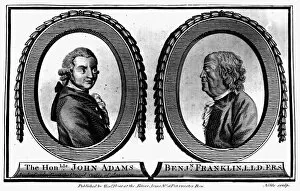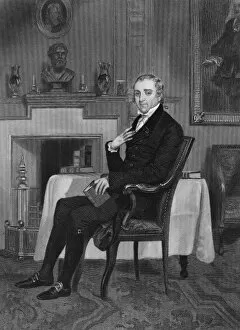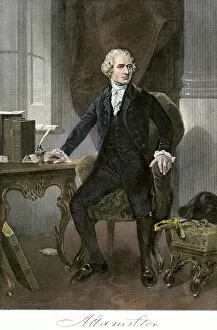Federalist Collection (page 6)
The term "federalist" holds significant historical and political importance in the United States
For sale as Licensed Images
Choose your image, Select your licence and Download the media
The term "federalist" holds significant historical and political importance in the United States. It refers to a range of individuals, events, and ideas that shaped the nation's early years. One of the most prominent figures associated with federalism is George Washington (1732-1799), who served as the first President of the United States. A famous painting by Gilbert Stuart depicts him at Dorchester Heights during the Siege of Boston in 1776, showcasing his leadership during a crucial moment in American history. James Madison, often hailed as the "Father of the Constitution, " also played a pivotal role in promoting federalist principles. In his essay number ten from The Federalist Papers, written under the pseudonym Publius in 1787, he eloquently argued for a strong central government to prevent factions from undermining democracy. John Adams (1735-1826), another key figure among federalists, served as America's second President. An oil painting attributed to Bass Otis captures his likeness and showcases his contribution to shaping early American politics. Federalism was not limited to political leaders; it extended into various aspects of society. Freemasonry played an influential role during this era, with George Washington depicted in masonic attire holding symbolic items such as scrolls and trowels. This color lithograph from c1899 highlights Washington's association with Freemasonry while featuring portraits of Marquis de Lafayette and Andrew Jackson alongside biblical scenes. The concept of federalism also found expression through art forms beyond portraiture. John Trumbull's 1793 painting portrays George Washington presiding over Congress—an iconic representation that symbolizes unity amidst diversity within a federated system. However, not all instances related to federalism were harmonious or peaceful. The engraving depicting Congressional pugilists Roger Griswold and Matthew Lyon engaging in physical combat reflects one such turbulent event—the fight between these two congressmen became notorious due to the Sedition Act of 1798.

